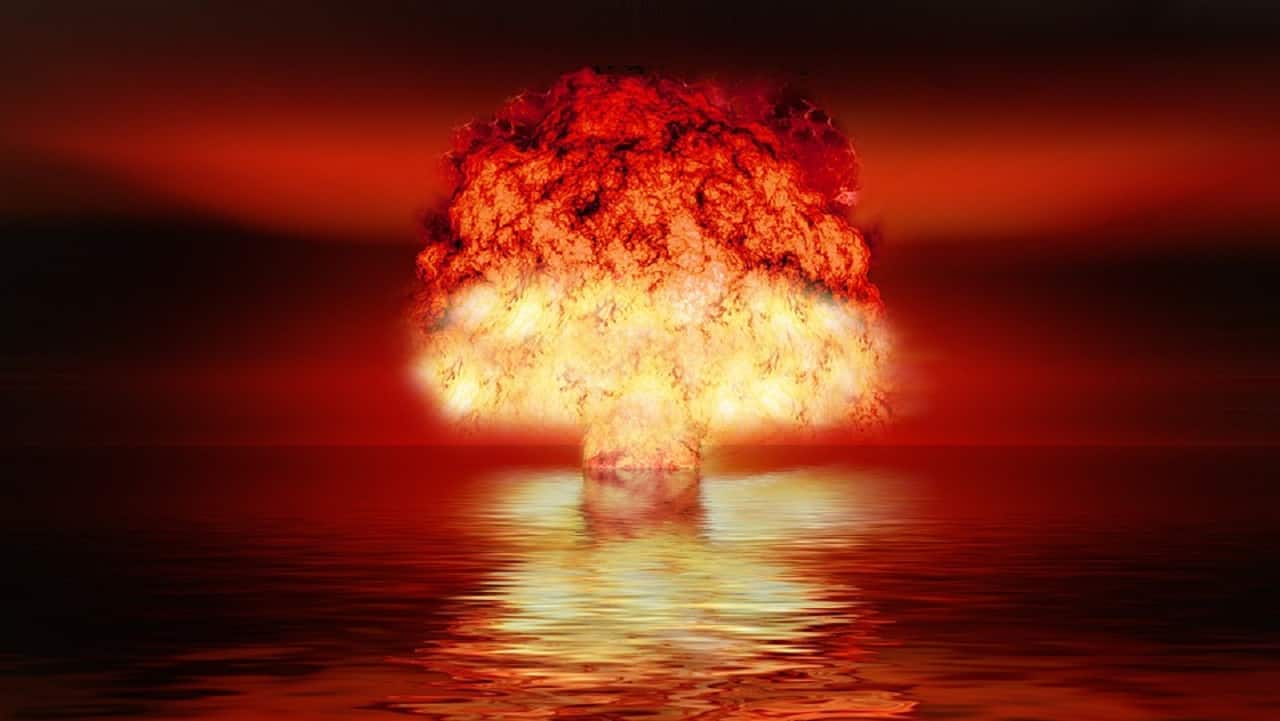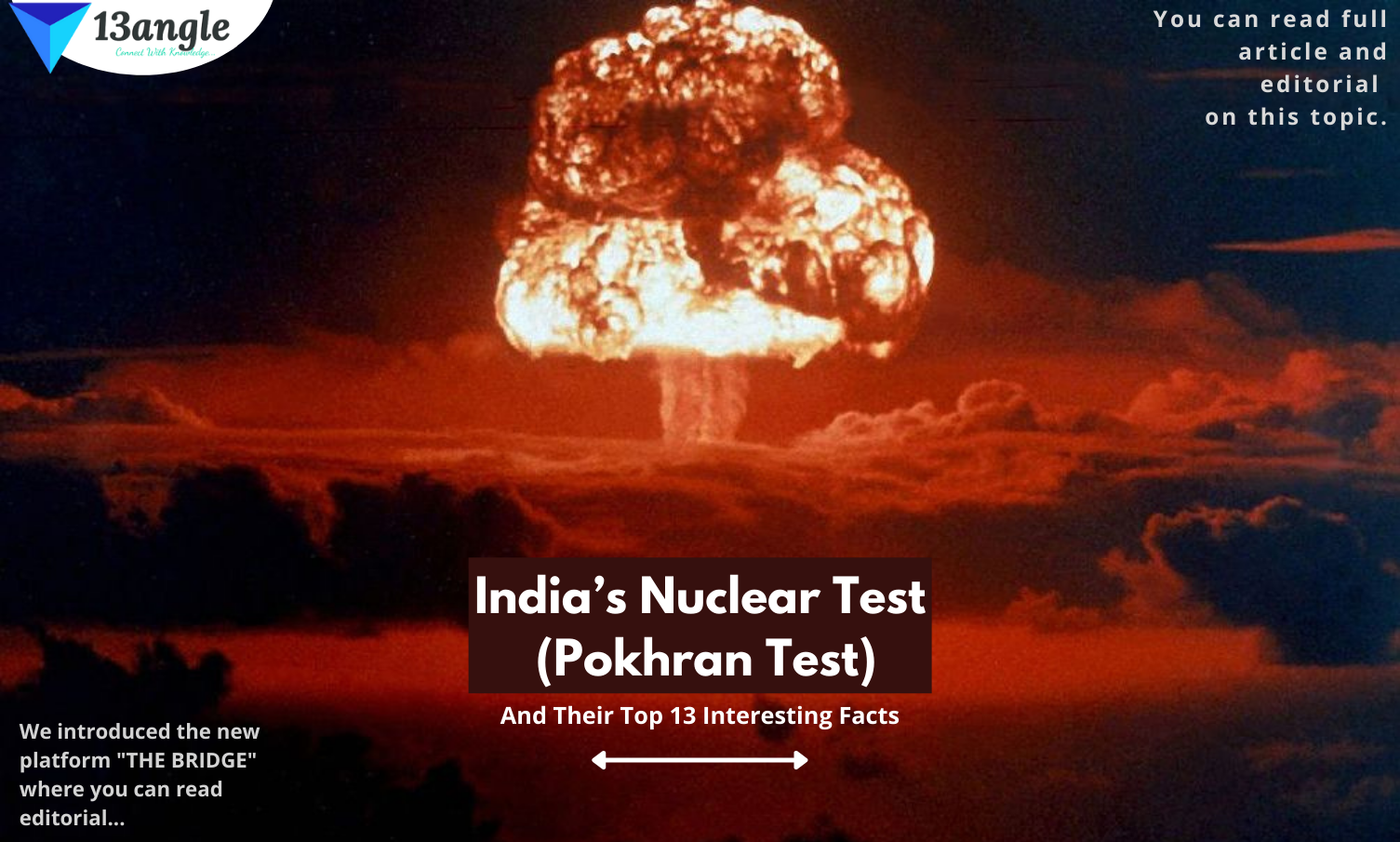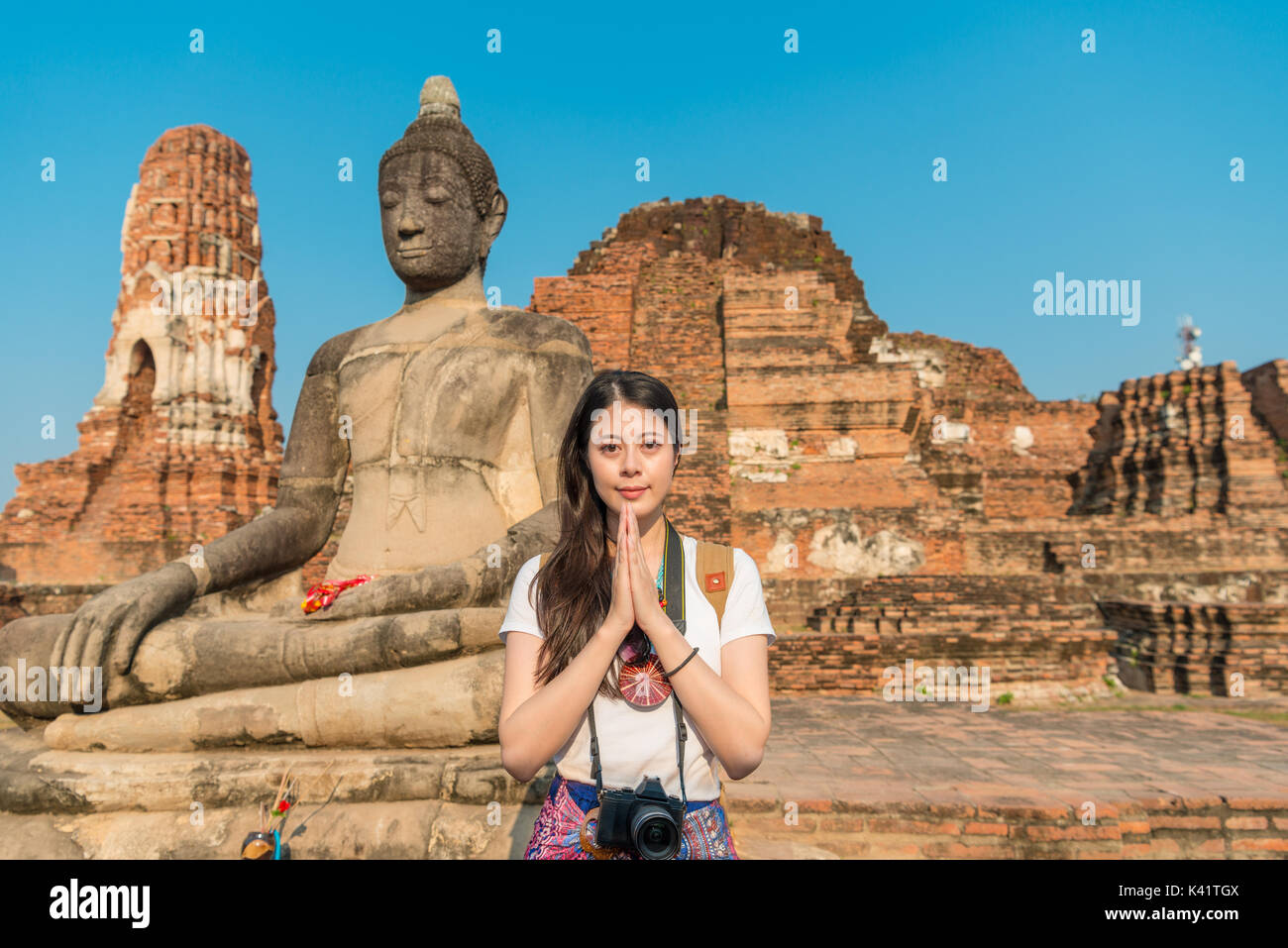Operation Smiling Buddha - 46 years ago this week, on May 18, 1974, India conducted its first nuclear test. Although characterized as a "peaceful nuclear explosion" by India's foreign ministry, the test, known as Pokhran-1 or Smiling Buddha, marked India's new status as the seventh country to develop its own nuclear weapons.
India joined the club of nuclear-weapon states relatively late, conducting its first test six years after the Nuclear Non-Proliferation Treaty authorized the possession of five states that had already developed nuclear weapons. But the roots of the nuclear program are only slightly shallower than those of the United States, the Soviet Union, the United Kingdom, France and China. Nuclear research began with the establishment of the Tata Institute for Basic Research in Mumbai in 1945, before the end of World War II. Homi J. Bhabha, the physicist remembered as the father of India's nuclear program and co-founder of the institute, was educated at Cambridge University before World War II and also studied with the Nobel Prize-winning physicist Niels Bohr, later a member of the American Manhattan Project.
Operation Smiling Buddha

The decision to develop nuclear weapons in the early 1960s reflects India's experience as a major non-nuclear country in a world where nuclear weapons have recently become a guarantor of international status and power. The Sino-Indian War of 1962 changed India's expectations of its powerful allies, particularly the United States and the Soviet Union, who at the time were focused on containing the Cuban Missile Crisis. The war resulted in China taking over the Aksai Chin region in South Asia, which is still a disputed area today.
Man Who Pushed Pokhran I Nuclear Test Button Dies In Us
China's first nuclear test in 1964 contributed to a growing sense of national insecurity in India, as did the war between India and Pakistan in 1965. Work on the design of the weapon, along with a campaign to sway Indian public opinion to develop nuclear weapons, began in 1965. The use of a submarine with nuclear weapons to defend India against US-backed Pakistan during the 1971 Indo-Pakistani war finally set the stage for bomb production and testing.
In 1974, after nearly a decade of development, the Laughing Buddha Test was administered on May 18—the same day that year was celebrated as the Buddha's birthday. The test was approved domestically, but the world at large was alarmed by the discovery that yet another country had joined the nuclear club. The formation of the Nuclear Suppliers Group, an international organization that controls the export of nuclear materials and technology in an effort to prevent proliferation, was a lasting consequence of India's first nuclear test.
Even in its finest detail, the narrative of India's nuclear weapons program underscores a fatal contradiction underpinning nuclear policy: while nuclear weapons are valued by the states that possess them—and those that desire them—as the ultimate guarantor of security and prestige, every country, and every person, is threatened by the very by its existence. Then-Indian Prime Minister Jawaharlal Nehru acknowledged this in his 1946 statement on India's nuclear weapons prospects:
"As long as the world exists as it is, every country will have to invent and use the latest devices for its own protection. I have no doubt that India will develop its scientific research and I hope that Indian scientists will use atomic energy for constructive purposes. But if India is threatened, it will inevitably try to defend itself with all the means at its disposal."
Amid The Speculation Of Nuclear War, Know About India's Journey Of Being A Nuclear Powered Nation
Pakistan's first nuclear test in May 1998 thrust the long-standing conflict between the two countries into the center of the region, raising the stakes in the decades-long conflict over Kashmir. The conflict last came to a head in February 2019, when India dropped conventional bombs on Pakistani territory in retaliation for a terrorist attack in Indian-claimed Kashmir. With each country possessing around 150 nuclear weapons, South Asia may have become the most worrisome nuclear hotbed - these conflicts over historic disputes risk a rapid escalation to nuclear use.
All nuclear weapon states must recognize that nuclear weapons perpetuate international instability, leaving the world forever on the brink of man-made catastrophe. It is up to the nuclear-weapon states to shed this false sense of security and fulfill their non-proliferation and disarmament obligations by seeking to eliminate nuclear weapons altogether. It took almost two years for India to prepare for the Pokhran nuclear test. Indira Gandhi authorized BARC scientists to detonate an indigenously designed nuclear device in September 1972.
Prime Minister Indira Gandhi visits the site of India's first nuclear test at Pokhran in Rajasthan in 1974 (HT File Photo)

On Tuesday, India will mark the 47th anniversary of its first nuclear test in Pokhran, Rajasthan. This made India a nuclear power.
This Day In History 18 May: From Operation Smiling Buddha To Napoleon Bonaparte Becoming Emperor Of France, List Of 10 Most Important Events Happened Today
The test was codenamed 'Laughing Buddha' and was conducted on May 18, 1974. The name was chosen because the test was conducted on Buddha Purnima that year. "Buddha has finally smiled," was the message Raja Ramanna, director of India's premier atomic research institute Bhabha Atomic Research Center (BARC), sent to Prime Minister Indira Gandhi.
It was the first confirmed nuclear test by a country that was not a permanent member of the United Nations Security Council (UNSC).
Although the power of the device detonated at Pokhran is debated, the actual power is believed to have been around 8-12 kilotons of TNT. The highlight of the test was that India managed to evade detection by the United States and other intelligence agencies.
The country has also faced a series of sanctions from the United States, among others, which has said such tests could lead to nuclear proliferation.
This Day, 20 Years Ago, India Successfully Concluded Operation Shakti And Became A Full Fledged Nuclear State.
It took almost two years of preparation for India to conduct this test. Indira Gandhi authorized BARC scientists to detonate an indigenously designed nuclear device in September 1972.
After 1974, India again conducted nuclear tests at the same site (the so-called Pokhran-II tests) in 1998 when Atal Bihari Vajpayee was Prime Minister. The tests saw a series of five nuclear explosions, in May 1998 at Pokhran. National Technology Day is celebrated on May 11 every year to commemorate the anniversary of the Pokhran-II test.
Last year, while India was celebrating the anniversary of the 1974 Pokhran Test, it faced an exceptionally strong cyclone Amphan, which hit the coasts of West Bengal and Bangladesh. This year, the country is dealing with the mitigating effects of yet another Cyclone Tauktae, which wreaked havoc in states along the west coast.

Lakhs of people have been evacuated from coastal areas in states like Maharashtra and Gujarat. The center is coordinating rescue and relief operations with the cyclone-affected state governments.
Subscriberwrites: India Has Been A Nuclear Power Since 1954. History Was Not Created Only In 2014
Newsletters, Alerts & Recommendations Receive tailored news and exciting offers Bookmark stories to read later Home » News » Lifestyle » Operation Smiling Buddha: Everything you need to know about India's first nuclear test at Pokhran in 1974.
It is said that Dr. After the test was successfully completed, Ramanna called the then Prime Minister Indira Gandhi and told her, "Buddha smiled." (Image: Twitter/Congress)
Operation Laughing Buddha was also a major success for India, as it managed to evade detection by the United States and other intelligence agencies before the nuclear test.
OPERATION SMILING BUDDHA: 48 years ago today, India reached a historic milestone after successfully conducting its first nuclear test at Pokhran in Rajasthan in 1974. The code name of the nuclear test, which made India the sixth country in the world to conduct a nuclear test at the time was is Operation Smiling Buddha.
Why Buddha Would Be Frowning At Ukraine Today, And Why India Got It Right With Pokhran 1 And 2
The historic test was conducted under the supervision of the then director of the Bhabha Atomic Research Center (BARC), Raja Ramanna. India also celebrated Buddha Purnima on May 18, 1974, which is why the first nuclear test was called the Smiling Buddha.
During the operation, a thermonuclear device was tested at the Pokhran test site. Since the test, the yield of the device is a matter of debate. However, according to news agency PTI, the actual amount is believed to be around 8-12 kilotons of TNT.
Operation Smiling Buddha attracted international attention as this successful achievement made India the first country other than the five permanent members of the United Nations Security Council (UNSC): China, the Russian Federation, France, the United Kingdom and the United States - to conduct the test.

It is said that Dr. After the test was successfully completed, Ramanna called the then Prime Minister Indira Gandhi and told her, "Buddha smiled."
Insights Into Editorial: Pokhran Ii, Twenty Years Later
Operation Laughing Buddha was also a major success for India, as it managed to evade detection by the United States and other intelligence agencies before conducting a nuclear test.
But after the test, developed countries, including the US, imposed some heavy sanctions on India citing that nuclear tests like the one in Pokhran could lead to nuclear proliferation.
Before that, the operation was launched on September 7, 1972, when former Prime Minister Indira Gandhi authorized scientists to detonate a home-made nuclear device. After the Laughing Buddha operation, d
Operation smiling, smiling buddha necklace, operation laughing buddha, smiling buddha pictures, smiling buddha toronto, buddha smiling face, smiling buddha statue, smiling buddha meaning, smiling buddha painting, buddha smiling, smiling buddha garden statue, the smiling buddha

0 Comments